Potential for Creativity and Innovation, part 2
Last week I wrote about an extraordinary commencement speech given by Meghan Musnicki at Ithaca College. Musnicki issued four challenges to the new college graduates: set goals but be willing to change them, experience failure and learn, practice gratitude, and live in the moment. These challenges form the foundation for living creative and innovative lives.
Frederik Pferdt, head of Google’s creativity and innovation programs, expands upon Musnicki’s challenges when he talks about how creativity and innovation transform work from an obligation to an expressive part of our life. Pferdt notes that principles like freedom and trust are necessary to express and share our passions in the workplace. Why? So we can experience failure. Musnicki talks about how failure helps us learn and improve. Well, Pferdt would seem to agree.
Most people really want to make the world a better place, and flourish in environments that value creativity and innovation. One way to express creativity is to think big — or “10x thinking,” ten times the improvement — as Pferdt says. He encourages people to play at work, tapping into the mindset of children to look at the world through new and different eyes. Indeed, some of our most creative artists and inventors attribute their contributions to playing and thinking like children.
I am reading David McCullough’s latest book, The Wright Brothers. The nieces and nephews of the brothers commented on how Orville and Wilbur Wright liked to play with toys. “When we were old enough to get toys, Uncle Orv and Uncle Will had the habit of playing with them until they were broken, then repair them so that they were better than when they were bought.”
And the products of play? Well, they can be prototyped and shared with people throughout the world as part of an iterative process to create a product, service or program that people really need and will use to make the world a better place. We certainly can appreciate the end result of the countless prototypes of flying machines designed and tested by the Wright Brothers.
Learning the secret of flight, Orville would say, was a good deal like learning the secret of magic from a magician.
McCullough reflects upon those first successful flights on the morning of December 17, 1903. They “were the first ever in which a piloted machine took off under its own power into the air in full flight, sailed forward with no loss of speed, and landed at a point as high as that from which it started.” The end product, the airplane, has revolutionized the way we experience the world through long distance travel and, certainly, has made the world a better place.
Making the world a better place was a theme Tony Kushner underlined in his comments upon receiving an honorary degree from Ithaca College. He challenged graduates to step over the “periled world’s doorstep … enter and fix everything!” The world needs saving and “you are the ones the world’s been waiting for. And, time is running out. It is really is actually running out. Non-hyperbolically, it’s running out.”
Finding solutions to global challenges require new problem-solving approaches that combine the best of imagination, creative thinking, collective intelligence and the Internet. In a new book, MegaMinds: Creativity and Invention (CreateSpace, 2015, http://ow.ly/N6AH6), Larry Kilham reflects on genius. Yes, da Vinci, a lone genius was a polymath who dreamed of a flying machine, a dream that was fulfilled by the Wright Brothers. But the complexity of today’s challenges may call for collective creativity, working together with questions, ideas and prototypes that may fail but have the seeds of systemic solutions.
Let’s step over “the periled world’s doorstep” and begin to use our individual and potential for creativity and innovation to make the world a better place.



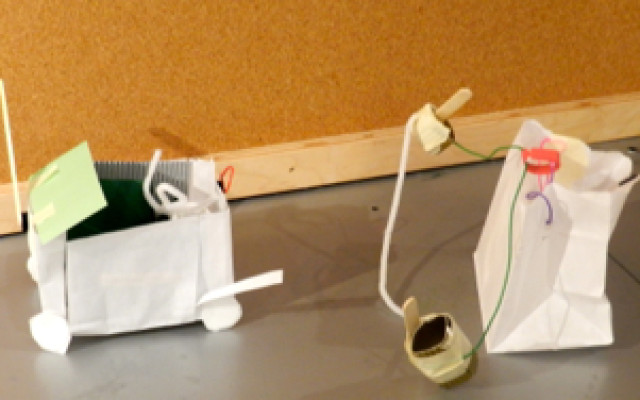
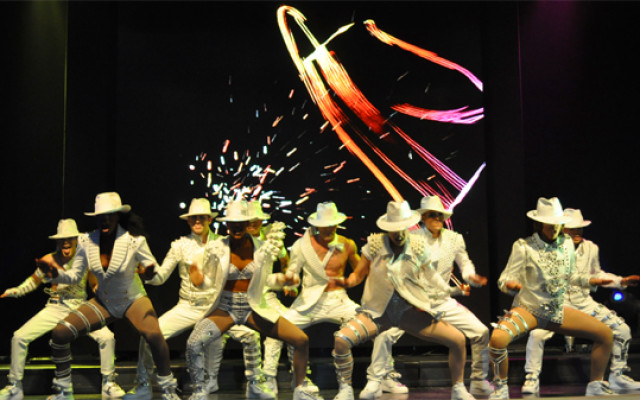
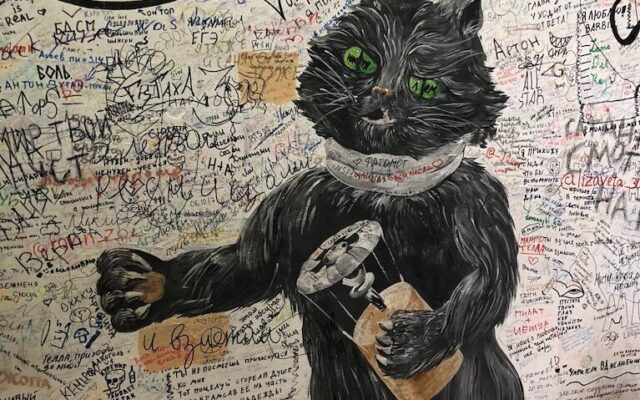

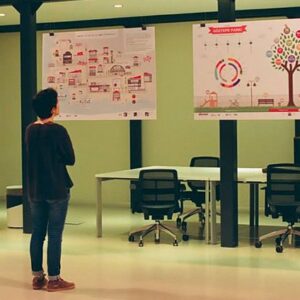
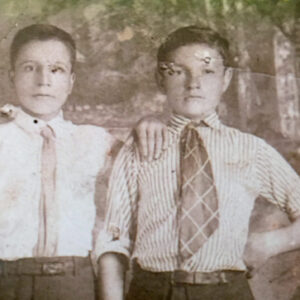

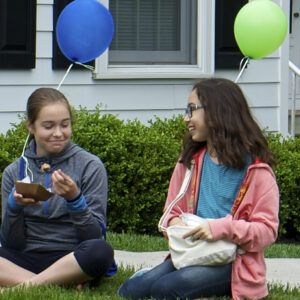

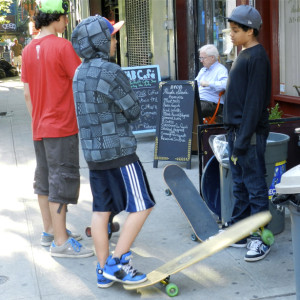
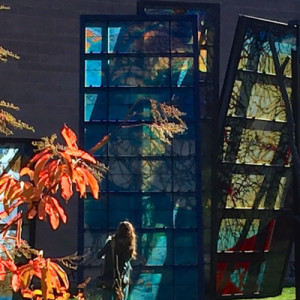
No Comments Yet!
You can be first to comment this post!